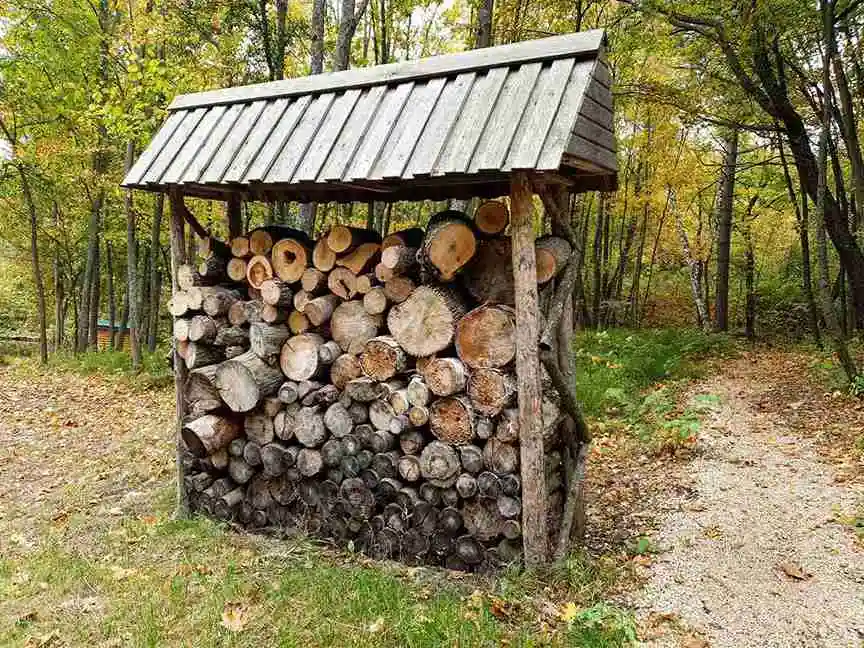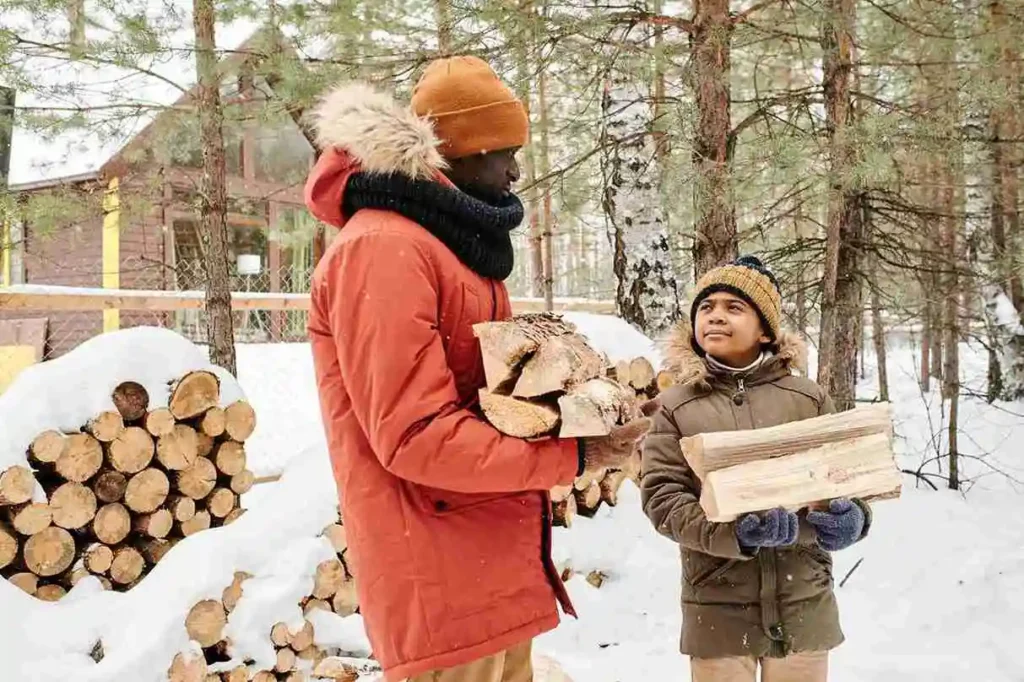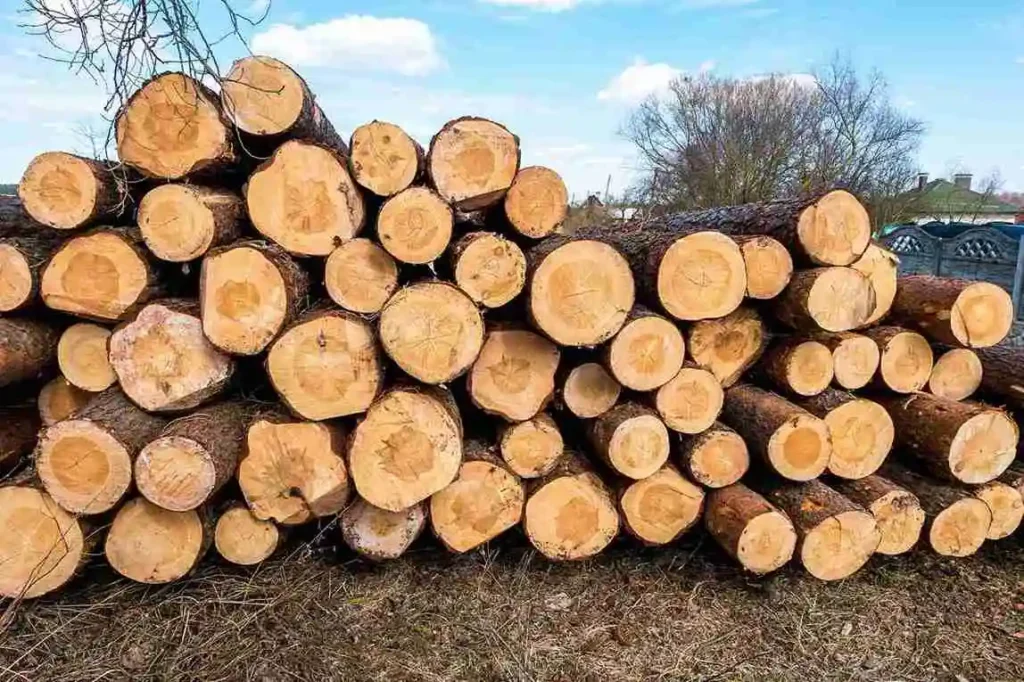Top 5 Tips for Storing Firewood in Denver
Living in Denver means embracing winter with open arms—and a cozy fire. But having great firewood isn’t just about what you burn; it’s also about how you store it. Improper storage can lead to moldy, wet, or bug-infested wood—none of which make for a good fire. To get the most from your firewood delivery in the Denver area, here are the top five essential tips every homeowner should follow.
1. Keep It Off the Ground
One of the biggest mistakes people make when storing firewood is placing it directly on the ground. Doing so allows moisture to seep in from underneath, leading to rot, mold, and pests. Instead, use a firewood rack, pallet, or bricks to elevate your wood at least a few inches above the ground.
Think of it like airing out your laundry—you wouldn’t dry your clothes by laying them in the dirt. Elevating firewood allows for airflow underneath and keeps it dry, which is critical in snowy or wet conditions.
2. Stack Loosely for Air Circulation
Airflow is your firewood’s best friend. Don’t pack the logs too tightly together; instead, stack them loosely so that air can move through the pile. This helps dry out any moisture and prevents mold growth. A good rule of thumb is to alternate the direction of each row for stability and ventilation.
If you’re storing your firewood indoors (like in a garage), leave at least a few inches between the pile and any walls. This gap promotes airflow and reduces the risk of mold or mildew.
3. Cover the Top, Not the Sides
Protecting your firewood from rain and snow is crucial, especially during unpredictable Denver winters. But fully wrapping it with a tarp is a mistake. Moisture will get trapped inside, and your wood won’t breathe. Instead, use a waterproof cover or tarp that shields only the top of the stack.
Think of your woodpile like a tent—it needs a roof, but the sides should be open to let moisture escape. This way, snow and rain stay off the top, and air can still circulate through the stack.
4. Choose the Right Location
Pick a spot that is both convenient and functional. Your storage area should be close enough to your home for easy access, but not so close that pests or moisture become a problem. Aim for a location with good drainage, natural sunlight, and protection from high winds.
Many Denver homeowners place their firewood under a deck overhang or next to a shed, but always ensure there’s enough space to allow for air movement and inspection.
5. Rotate Your Stock
Just like groceries, firewood works best when you use the oldest first. Always add new deliveries to the back or bottom of your stack, and pull from the front or top. This ensures your driest, oldest wood gets used before it begins to degrade.
A rotating system not only keeps your wood in better condition but also saves you from the disappointment of finding half your pile has gone bad.
Final Thoughts
Proper firewood storage isn’t complicated, but it does make a huge difference—especially in a climate like Denver’s. By following these five tips, you’ll ensure that every log you burn is dry, clean, and ready to provide that perfect winter warmth. Combine smart storage with firewood delivery in the Denver area, and you’re all set for a season of smoke-free, satisfying fires.
FAQs
1. Can I store firewood indoors in Denver?
Yes, but only bring in small amounts at a time to avoid pests and moisture buildup.
2. Should I cover firewood with plastic?
No. Plastic traps moisture. Use a breathable cover or tarp only on the top.
3. How far should firewood be from my home?
At least 3 feet to prevent pests like termites from making their way inside.
4. How long does firewood last in Denver if stored properly?
Kiln-dried firewood can last several years if kept dry and well-ventilated.
5. What’s the best time to stock up on firewood in Denver?
Late summer to early fall, when supply is high and weather is still dry for storage prep.





